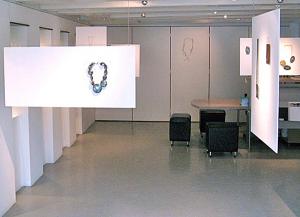
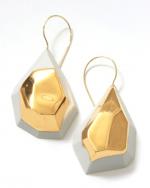
Monika Zampa: In the past I used to work in London as an investment banker, project manager and a deputy director for medium size company. Then I moved to Amsterdam, changed my life and started to study conceptual jewelry at the Gerrit Rietveld Academie. In my last years of the studies, I realized that my combination of financial/organizational skills and passion for conceptual jewelry was rather unique. I thought that it could be perfectly applied in running the gallery. I approached Louise and offered my skills and knowledge if she would consider having a business partner. We started to talk, got to know each other and had lots of good times. Our cooperation began in September 2010 with the idea that I would be able to run the gallery on my own by 2011.
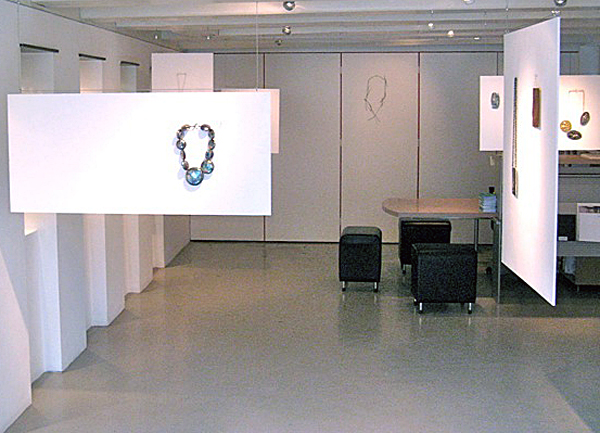
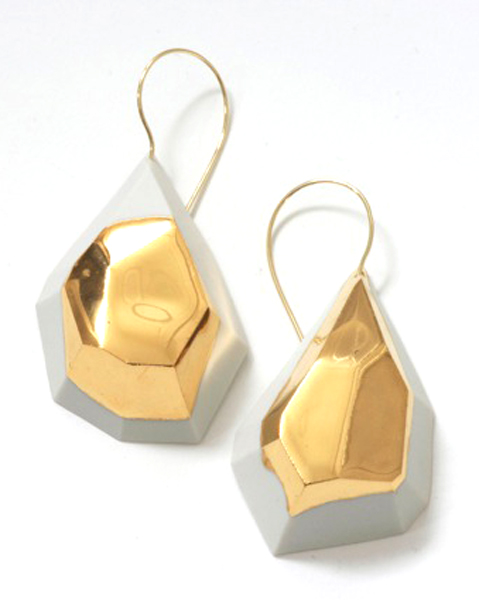
Monika Zampa: In the past I used to work in London as an investment banker, project manager and a deputy director for medium size company. Then I moved to Amsterdam, changed my life and started to study conceptual jewelry at the Gerrit Rietveld Academie. In my last years of the studies, I realized that my combination of financial/organizational skills and passion for conceptual jewelry was rather unique. I thought that it could be perfectly applied in running the gallery. I approached Louise and offered my skills and knowledge if she would consider having a business partner. We started to talk, got to know each other and had lots of good times. Our cooperation began in September 2010 with the idea that I would be able to run the gallery on my own by 2011.

Monika Zampa: The challenge I have been facing is how to get younger audiences interested in conceptual jewelry. The question is how to make it an acceptable and sexy trend for young people to wear conceptual pieces. Recently the gallery began organizing monthly ‘Meet the artist’ events, where the young artist presents his/her work in a strictly informal way, with life music, performances and home made cakes. We have achieved a great mixed audience with different generations, collectors and young art enthusiasts. They have proven to be very enjoyable events.
What are your criteria for choosing jewelers to show with you?
Monika Zampa: I make my selection based on the jewelry presented, although a friendly personality always helps. It is important that the jewelry has some indescribable quality, which draws me closer, begging me to look deeper, has this mysterious aura around it. I highly value cooperative artists with good communication skills. It is also important that the artist can develop further and is not afraid to experiment.

Monika Zampa: Indeed it was a challenge, but also very exciting to see it come to life. I am grateful to my team for the excellent support: my gallery assistant Morgane de Klerk, an excellent intern Carla Kruger and our website master Martijn Sinke. I wanted the website to be fresh, light and easy to use. The focus was placed on images and incorporation of today’s digital world, such as Facebook, digital newsletters, ebooks, videos and jewelry-related links (blogs, etc). I am very pleased with the outcome. I would like to invite people who write blogs about the conceptual jewelry field to contact me, with the view of adding them to our website.
You have done the fairs, including Collect and Object Rotterdam and you say you would like to do more. What are you considering?
Monika Zampa: Like in life, certain events stay and some perish or are no longer interesting. I am constantly busy looking for new, exciting fairs in the Netherlands and abroad, where I could present our artists. I would certainly be interested in looking at possibilities in China and India, but not excluding the opportunity of an art fair in Russia (I speak fluent Russian and have business experience there) but that might be a long-term plan.

Monika Zampa: Well, considering that the contemporary field is relatively new (if we compare it with fine art) there is finally an increase of public awareness. Over the last decade we have seen hundreds of new schools and academies opening up, producing a rich variety of talented jewelers. Also the introduction of the internet has given us the possibility of sharing the information worldwide and that has helped our field.
Why do you think the Dutch have emphasized the development of design so strongly in their culture?
Monika Zampa: I would love to be able to answer this from my personal experience, however I am not Dutch I am Czech, so not being brought up here and gone through the system, makes it hard for me to answer.
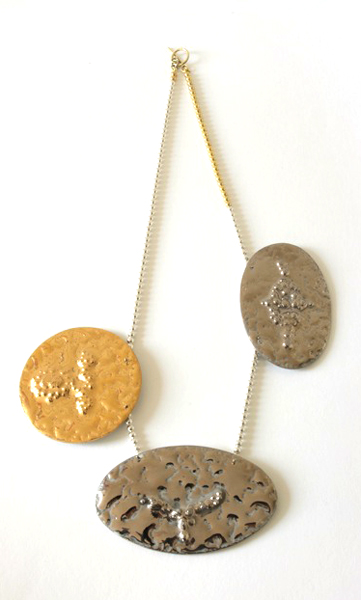
Lisette Colijn: The traditions and aspects of vanity that surround jewelry fascinate me. Observing yourself in the mirror is a common sign of vanity that we all act upon when we put on a piece of jewelry. My inspiration for making jewelry is to start from such a familiar jewelry-related aspect that we all recognize and to use it in a way to make you question the obviousness of what you are wearing.
How did this idea lead to creating mirror like finishes to the jewelry itself?
Lisette Colijn: I researched how a piece of jewelry can become one with a mirror. By using mirror-like finishes, the piece will not only attract the wearer to put on the piece, but it also reflects your opponent when he/she admires your jewels.
In your artists statement you ask the question: ‘Why do we view our own ornaments in the mirror? Are we wearing jewelry for ourselves or to please our environment?’ Do you think there is an answer to that question?
Lisette Colijn: I think jewelry often has a personal connection to the wearer, as the wearer is the one who felt the attraction to put on the piece in the first place. In that case we wear jewelry for ourselves. At the same time it is human to feel the need to show off what we have, this seems to be the case in grand historical and traditional jewels, like crown jewels. Besides showing off, this involves attracting and pleasing our environment.
I don’t think there is one answer to the question of who we are wearing our pieces for. It is the fine line between these principles that I want to comment on.
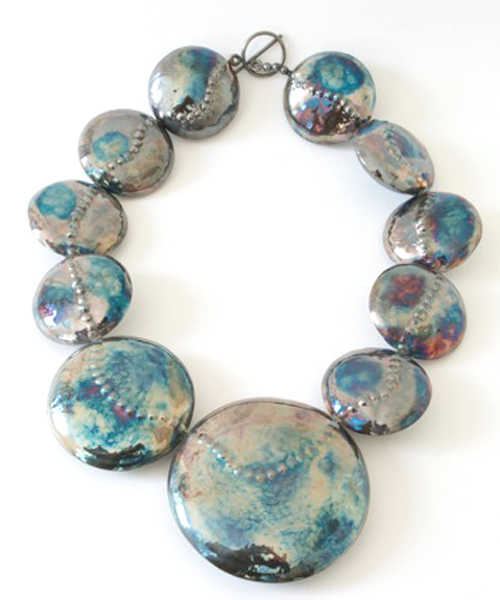
Lisette Colijn: I started my education at the school for traditional goldsmithing. During this education, I visited different jewelry galleries and found out that jewelry can be more than materials, that it can leave room for the maker to play with its meaning. This motivated me to continue my education in art school; starting at the fine arts department of the Willem de Kooning Academie in Rotterdam, to research what medium I felt comfortable working in. After two years of studying there I found out that I missed the traditional crafts of jewelry to express myself and I decided to continue my studies at the Gerrit Rietveld Academie in Amsterdam.
What is your favorite book on jewelry?
Lisette Colijn: I often have a look at Oppi Untrach’s Jewelry: Concepts and Technology, or Gold, Silver and Jewels written by Gianni Guadelupa, as they place crafts in the history of jewelry. But other than this, I get a lot of inspiration from books containing images of stately portraits from around the year 1700, because they give me an inside in traditional jewels in relationship to appearances.
There are many famous stories involving the mirror. Which one do you particularly like? Why?
Lisette Colijn: I like the story of Narcissus, who dies after being captured by the reflection of himself in the surface of the water. This is a perfect example of how vanity can influence your way of thinking and acting in daily life!




